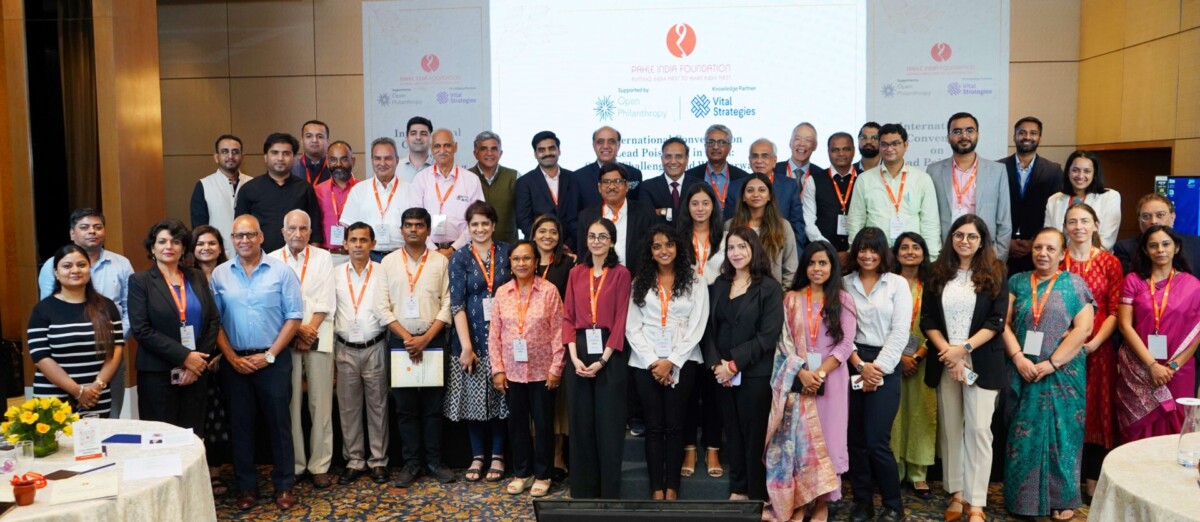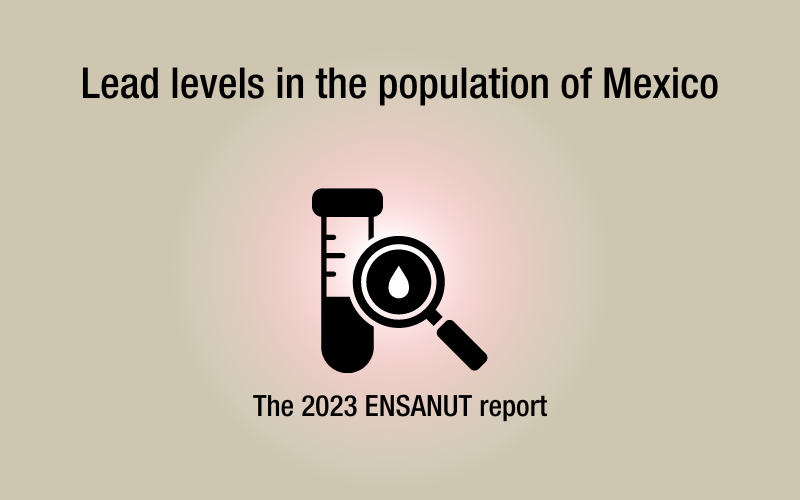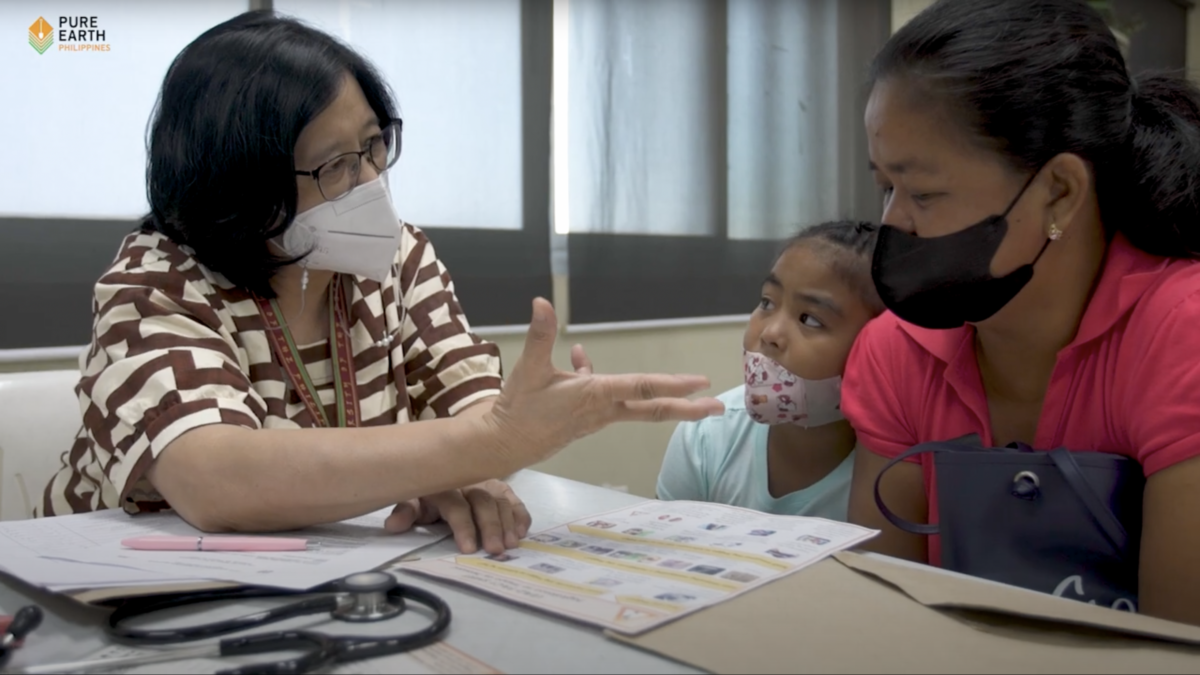
Pure Earth President Richard Fuller was at the World Economic Forum in Davos last week talking about one of the most effective ways to improve lives globally–cleaning up pollution.
While the WEF’s Global Risks 2018 report acknowledges that pollution has “moved further to the fore as a problem…”, the issue is still under-recognized, even though pollution is the largest environmental cause of disease and premature death in the world today. The Lancet Commission on Pollution and Health puts pollution’s toll at 9 million a year–causing three times more deaths than malaria, AIDS and TB combined, and 15 times as many deaths as wars and other forms of violence.
“In public health circles, pollution is the elephant in the room, no one is talking about,” Fuller told the audience gathered in the Global Situation Space.
At Davos, much of the discussion that took place about the environment centered around climate change and in that arena, the pollutant that caused most concern was carbon. During a panel discussion, when posed a question about pollution and climate change by Fuller, Al Gore talked about air pollution being a co-pollutant (along with CO2) when fossil fuels are burned, and how lives could be saved by switching to renewable energy. Panelist Hindou Oumarou Ibrahim with the Association for Indigenous Women and Peoples of Chad brought the conversation around to toxic pollution when she expressed concern about the widespread degradation of land and groundwater from soil and chemical pollution affecting farms.
“We must remember that addressing toxic pollution also benefits climate change, economic growth, and natural and human capital,” says Fuller.
No Boundaries
Fuller teamed up Dr. Jeffrey Drazen from The New England Journal of Medicine to tag team their message at Davos. While Drazen focused on air pollution, responsible for two-thirds of pollution deaths, Fuller talked about the lesser-known killers–soil pollution from chemicals, waste, and heavy metals.
At this global gathering, perhaps the point that Drazen and Fuller wanted to emphasize most was that pollution does not respect any boundaries.
Air pollution, for example, flows with global air currents. A recent study found that 29 percent of the fine particulate air pollution in San Francisco comes from the coal fields in China. Mercury used in artisanal gold mining around the world has been found in the fish we eat; lead and other toxic heavy metals have been found in imported rice and spices, and toys.
As a global problem, pollution requires global solutions. The onus, Fuller says, is on us all. Low- and middle-income countries with the worst pollution problems just need a little help to get started, Fuller told the audience. But at present, there is little help coming from the international community.
5% Solution
Fuller noted that in 2016, only 0.002% of private philanthropy in the U.S. (about US $70 million) was directed at pollution. And while almost all government development assistance budgets have substantial line items for climate change, biodiversity, HIV/AIDS, and malaria, they contain nothing yet for pollution.
“We think that adding 5 percent to global public health budgets for donors is one way to solve this problem. 5%… that’s like a bad tip in a U.S. restaurant, but it will be enough to improve millions of lives in the coming years,” says Fuller.

“China has managed to halt the increase in this problem in recent years,” Fuller told the audience. “…they have recognized that dealing with pollution is a matter of political stability. Their fast-growing middle class demands a clean environment.”
Another success story Fuller shared was Pure Earth’s cleanup of a toxic beach in Sumgayit in Azerbaijan, a former center of Soviet chemical production. That cleanup was achieved through a cooperative partnership with SOCAR, the state oil company, and the local and national government in Azerbaijan. For a budget under $100,000, the hotspot by the Caspian Sea was remediated, then transformed into a public park and beach. (Watch video about the cleanup)
“Real estate values in the area have already increased by 40%, and families who once walked through toxic sands to swim in the sea are now safe,” Fuller informed the audience. “This has led to the government of Azerbaijan taking on additional projects, and beginning to clean up their most toxic sites. Salyan, an infamous pesticide dump, is now cleaned up.”
We Know How To Fix This
Fuller concluded his presentation by reminding the audience that pollution is a problem we know how to fix.
“It has already been reasonably well addressed in the West. There are plenty of inexpensive interventions–low hanging fruit–out there. Countries can take known, tested solutions, and use them to bypass the dirty phases we went through in the west.”
Pollution does not have to be a byproduct of development. The audience at Davos seemed to agree.

Thanks to CMU CREATE Lab, The Earth Institute and the Center for International Earth Science Information Network at Columbia University for help in visualizing the pollution datasets in our presentation at Davos.
Related:
World Bank Talks Next Steps With Pure Earth, Global Alliance





